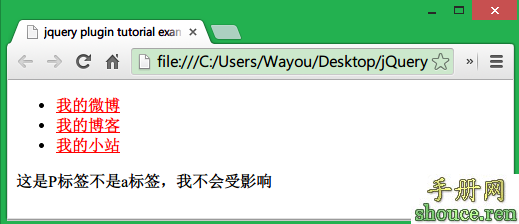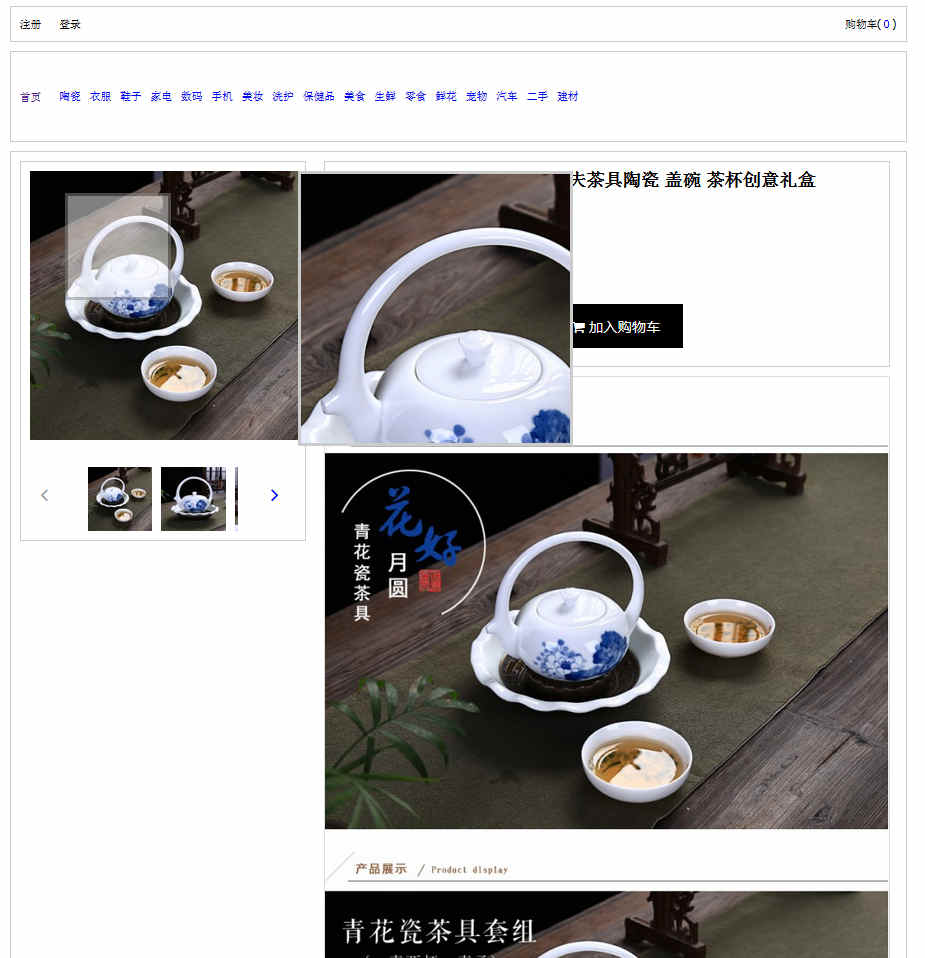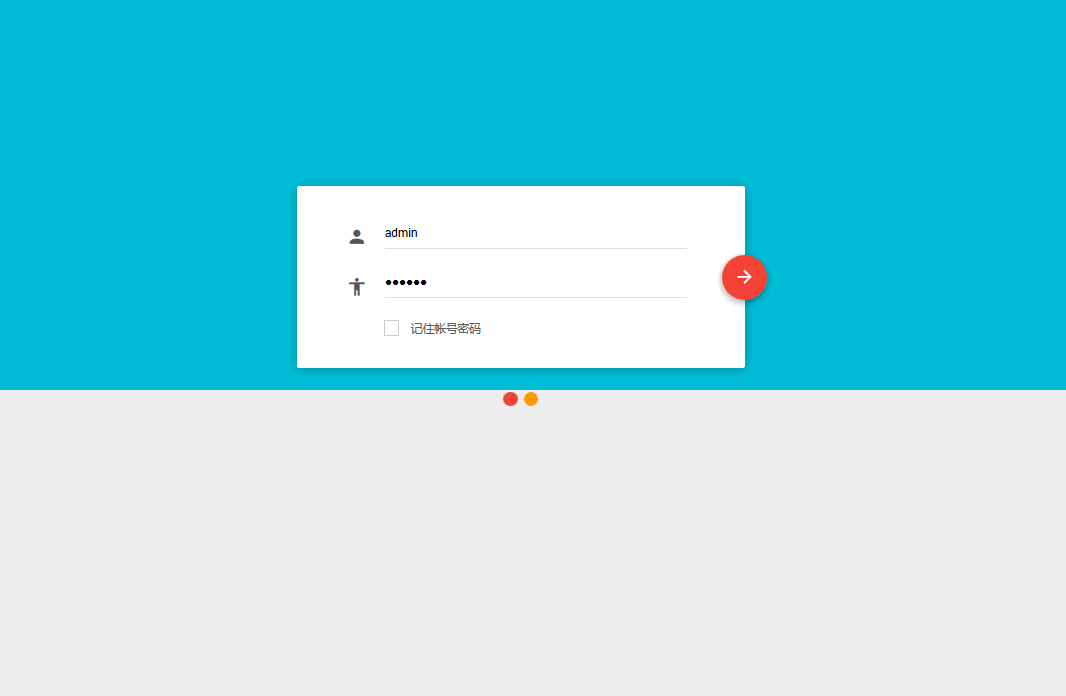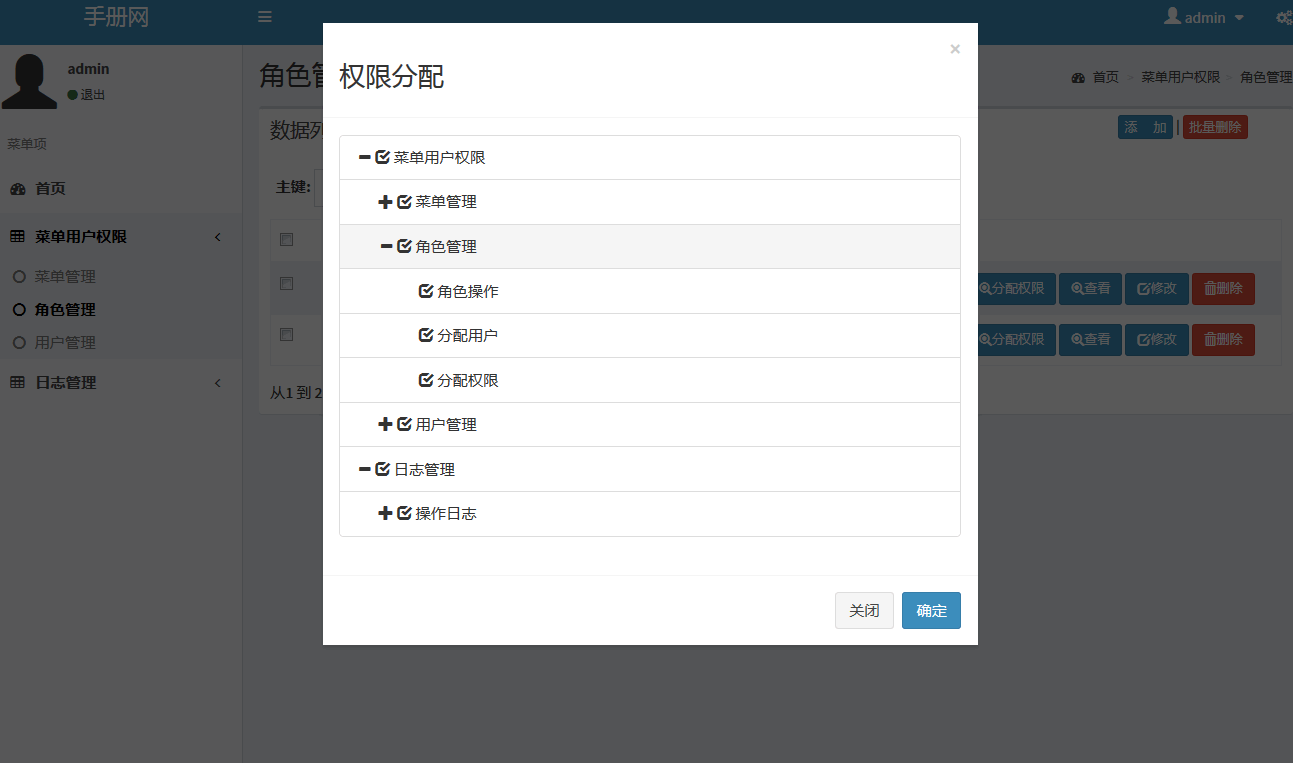编写高质量JS代码的68个有效方法(八)
十度 javaScript 2016年01月06日
收藏
[20141227]编写高质量JS代码的68个有效方法(八)
NO.36、只将实例状态存储在实例对象中
Tips:
- 共享可变数据可能会出问题,因为原型是被其所有的实例共享的
- 将可变的实例存储在实例对象中
一般来说,由于原型属性指向的对象是所有实例共享的。所以不建议在原型指向的对象中存储共享数据。下面给一个简单的例子:
var Person = function(name){
this.name = name;
};
Person.prototype = {
children: [],
addChild: function(childName){
this.children.push(childName);
},
getChildren: function(){
return this.children;
}
};
var p1 = new Person('P1');
var p2 = new Person('P2');
p2.addChild('P2_C1');
console.log(p1.getChildren());结果比较明显。p2的孩子成p1的了。标准做法是将children存储在实例对象中。
var Person = function(name){
this.name = name;
this.children = [];
};
Person.prototype = {
addChild: function(childName){
this.children.push(childName);
},
getChildren: function(){
return this.children;
}
};No.37、认识到this变量的隐式绑定问题
Tips:
- this变量的作用域总是有其最近的封闭函数所确定
- 使用一个局部变量(通常命名为self,me,that)使得this的绑定对于内部函数是可用的。
老规矩,看一个简单的示例:
var testObj = {
a1: 0,
fun1: function(){
function fun2(){
console.log(this.a1);
}
fun2();
}
};
testObj.fun1();为什么会这样呢?因为this变量是以不同的方式被绑定的。每个函数都有一个this变量的隐式绑定。this变量是隐式的绑定到最近的封闭函数。针对以上的问题,可以有集中方法来处理,参考如下:
//通过将this用变量self保存的方式实现
var testObj = {
a1: 0,
fun1: function(){
var self = this;
function fun2(){
console.log(self.a1);
}
fun2();
}
};
testObj.fun1();
//通过call方法指定接收者(也可以用apply)
var testObj = {
a1: 0,
fun1: function(){
function fun2(){
console.log(this.a1);
}
fun2.call(this);
}
};
testObj.fun1();
//通过bind来实现
var testObj = {
a1: 1,
fun1: function(){
function fun2(){
console.log(this.a1);
}
fun2.bind(this)();
}
};
testObj.fun1();No.38、在子类的构造函数中调用父类的构造函数
Tips:
- 在子类构造函数中显式地传入this作为显式的接收者调用父类的构造函数
- 使用Object.create函数来构造子类的原型对象以避免调用父类的构造
JS中实现的继承:
var Animal = function(){
this.weight = 50;
};
Animal.prototype.eat = function(){
console.log('eat food...');
};
var Dog = function(){
Animal.call(this);
Dog.prototype = Object.create(Animal.prototype);
};
var dog = new Dog();
console.log(dog.weight);No.39、不要重用父类的属性名
Tips:
- 留意父类使用的所有属性名
- 不要再子类中重用父类的属性名
由于JS中,属性都是key-value存储,那么同名的属性指向同样的地址,所以以下代码:
var Animal = function(){
this.weight = 50;
this.id = ++Animal.nextId;
};
Animal.nextId = 0;
Animal.prototype.eat = function(){
console.log('eat food...');
};
var Dog = function(){
Animal.call(this);
this.id = ++ Dog.nextId;
Dog.prototype = Object.create(Animal.prototype);
};
Dog.nextId = 0;
var dog = new Dog();
console.log(dog.id);两个类都试图给实例属性id写数据。
No.40、避免继承标准类
Tips:
- 继承标准类往往会由于一些特殊的内部属性(如[[Class]])而被破坏
- 使用属性委托优于继承标准类
扩展标注库使得其功能更强大是很有诱惑力的,但不幸的是它们的定义具有很多特殊的行为,所以很难写出正确的子类。
var ArrayEx = function(){
for(var i = 0, len = arguments.length; i<len ; i++){
this[i] = arguments[i];
}
};
ArrayEx.prototype = Object.create(Array.prototype);
var ar = new ArrayEx('1', '2');
console.log(ar.length) //猜猜结果是什么?原因分析:length属性只对在内部标记为“真正的”数组对象才起作用。直接继承的对象并没有继承 Array的标记标签属性[[Class]]。测试如下:
var ar = new ArrayEx('1', '2');
console.log(Object.prototype.toString.call(ar)); //[object Object]
console.log(Object.prototype.toString.call([])); //[object Array]ECMAScript标准库中干掉大多数构造函数都有类似的问题。基于这个原因,最好避免继承一下的标准类: Array,Boolean,Date,Function,Number,RegExp或String。
要想实现类似的功能,可以采用属性委托的方式:
var ArrayEx = function(){
this.array = []
for(var i = 0, len = arguments.length; i<len ; i++){
this.array[i] = arguments[i];
}
};
ArrayEx.prototype.forEach = function(f, thisArg){
if(typeof thisArg === 'undefined'){
thisArg = this;
}
this.array.forEach(f, thisArg);
};
var ar = new ArrayEx('1sfdfsd', '2fdsfs');
ar.forEach(function(item, i){
console.log(item);
});













